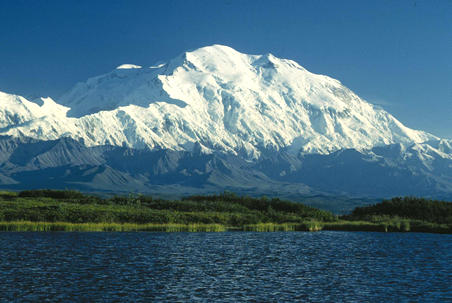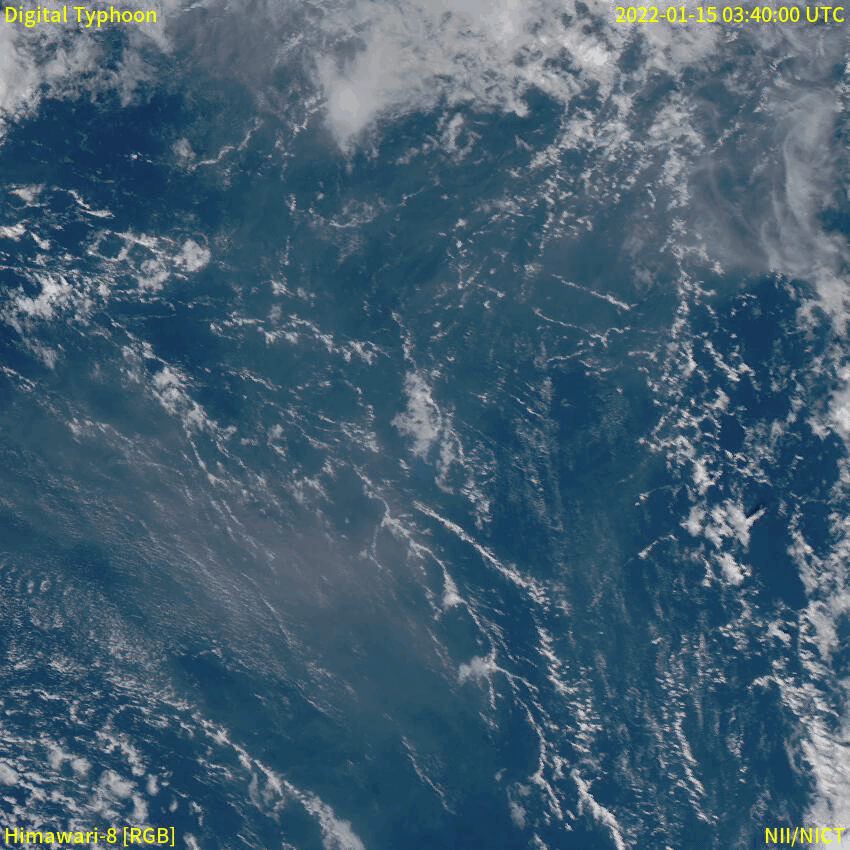|
Iliamna Volcano
Iliamna Volcano, or Mount Iliamna ( Dena'ina: ''Ch’naqał’in''; Sugpiaq: ''Puyulek''), is a glacier-covered stratovolcano in the largely volcanic Aleutian Range in southwest Alaska. Located in the Chigmit Mountain subrange in Lake Clark National Park and Preserve, the volcano lies approximately southwest of Anchorage on the west side of lower Cook Inlet. It is the 25th most prominent peak in the United States.Alaska Volcano Observatory, Volcano Information - Iliamna Retrieved Dec. 16, 2022.  The volcano's glaciers have extensively altered its profile, ...
The volcano's glaciers have extensively altered its profile, ...
[...More Info...] [...Related Items...] OR: [Wikipedia] [Google] [Baidu] |
Fumarole
A fumarole (or fumerole) is a vent in the surface of the Earth or other rocky planet from which hot volcanic gases and vapors are emitted, without any accompanying liquids or solids. Fumaroles are characteristic of the late stages of volcanic activity, but fumarole activity can also precede a volcanic eruption and has been used for eruption prediction. Most fumaroles die down within a few days or weeks of the end of an eruption, but a few are persistent, lasting for decades or longer. An area containing fumaroles is known as a fumarole field. The predominant vapor emitted by fumaroles is steam, formed by the circulation of groundwater through heated rock. This is typically accompanied by volcanic gases given off by magma cooling deep below the surface. These volcanic gases include sulfur compounds, such as various sulfur oxides and hydrogen sulfide, and sometimes hydrogen chloride, hydrogen fluoride, and other gases. A fumarole that emits significant sulfur compounds is ... [...More Info...] [...Related Items...] OR: [Wikipedia] [Google] [Baidu] |
Holocene
The Holocene ( ) is the current geological epoch. It began approximately 11,650 cal years Before Present (), after the Last Glacial Period, which concluded with the Holocene glacial retreat. The Holocene and the preceding Pleistocene together form the Quaternary period. The Holocene has been identified with the current warm period, known as MIS 1. It is considered by some to be an interglacial period within the Pleistocene Epoch, called the Flandrian interglacial.Oxford University Press – Why Geography Matters: More Than Ever (book) – "Holocene Humanity" section https://books.google.com/books?id=7P0_sWIcBNsC The Holocene corresponds with the rapid proliferation, growth and impacts of the human species worldwide, including all of its written history, technological revolutions, development of major civilizations, and overall significant transition towards urban living in the present. The human impact on modern-era Earth and its ecosystems may be considered of global ... [...More Info...] [...Related Items...] OR: [Wikipedia] [Google] [Baidu] |
List Of Mountain Peaks Of North America
This article comprises three sortable tables of major mountain peaksThis article defines a significant summit as a summit with at least of topographic prominence, and a major summit as a summit with at least of topographic prominence. All summits in this article have at least 500 meters of topographic prominence. An ultra-prominent summit is a summit with at least of topographic prominence. of greater North America.This article defines greater North America as the portion of the continental landmass of the Americas extending westward and northward from the Isthmus of Panama plus the ocean islands surrounding that landmass. This article defines the ocean islands of greater North America to include the coastal islands of North America, the islands of the Caribbean Sea, the Lucayan Archipelago, the islands of Greenland (Kalaallit Nunaat), the islands of Canada, and the islands of Alaska. The Hawaiian Islands are not included because they are considered part ... [...More Info...] [...Related Items...] OR: [Wikipedia] [Google] [Baidu] |
Alaska Volcano Observatory
The Alaska Volcano Observatory (AVO) is a joint program of the United States Geological Survey, the Geophysical Institute of the University of Alaska Fairbanks, and the State of Alaska Division of Geological and Geophysical Surveys (ADGGS). AVO was formed in 1988, and uses federal, state, and university resources to monitor and study Alaska's volcanology, hazardous volcanoes, to predict and record eruptive activity, and to mitigate volcanic hazards to life and property. The Observatory website allows users to monitor active volcanoes, with seismographs and webcameras that update regularly. AVO now monitors more than 20 volcanoes in Cook Inlet, which is close to Alaskan population centers, and the Aleutian Arc due to the hazard that plumes of ash pose to aviation. AVO operates out of two locations. One is at the U.S. Geological Survey office on the campus of Alaska Pacific University in Anchorage. [...More Info...] [...Related Items...] OR: [Wikipedia] [Google] [Baidu] |
Geologic Map
A geologic map or geological map is a special-purpose map made to show various geological features. Rock units or geologic strata are shown by color or symbols. Bedding planes and structural features such as faults, folds, are shown with strike and dip or trend and plunge symbols which give three-dimensional orientations features. Stratigraphic contour lines may be used to illustrate the surface of a selected stratum illustrating the subsurface topographic trends of the strata. Isopach maps detail the variations in thickness of stratigraphic units. It is not always possible to properly show this when the strata are extremely fractured, mixed, in some discontinuities, or where they are otherwise disturbed. Symbols Lithologies Rock units are typically represented by colors. Instead of (or in addition to) colors, certain symbols can be used. Different geologic mapping agencies and authorities have different standards for the colors and symbols to be used for rocks of dif ... [...More Info...] [...Related Items...] OR: [Wikipedia] [Google] [Baidu] |
National Natural Landmark
The National Natural Landmarks (NNL) Program recognizes and encourages the conservation of outstanding examples of the natural history of the United States. It is the only national natural areas program that identifies and recognizes the best examples of biological and geological features in both public and private ownership. The program was established on May 18, 1962, by United States Secretary of the Interior Stewart Udall. The program aims to encourage and support voluntary preservation of sites that illustrate the geological and ecological history of the United States. It also hopes to strengthen the public's appreciation of the country's natural heritage. As of January 2021, 602 sites have been added to the National Registry of Natural Landmarks. The registry includes nationally significant geological and ecological features in 48 states, American Samoa, Guam, Puerto Rico, and the U.S. Virgin Islands. The National Park Service administers the NNL Program and if request ... [...More Info...] [...Related Items...] OR: [Wikipedia] [Google] [Baidu] |
Umbrella Glacier
An umbrella or parasol is a folding canopy supported by wooden or metal ribs that is usually mounted on a wooden, metal, or plastic pole. It is designed to protect a person against rain or sunlight. The term ''umbrella'' is traditionally used when protecting oneself from rain, with ''parasol'' used when protecting oneself from sunlight, though the terms continue to be used interchangeably. Often the difference is the material used for the canopy; some parasols are not waterproof, and some umbrellas are transparent. Umbrella canopies may be made of fabric or flexible plastic. There are also combinations of parasol and umbrella that are called ''en-tout-cas'' (French for "in any case"). Umbrellas and parasols are primarily hand-held portable devices sized for personal use. The largest hand-portable umbrellas are golf umbrellas. Umbrellas can be divided into two categories: fully collapsible umbrellas, in which the metal pole supporting the canopy retracts, making the umbrella ... [...More Info...] [...Related Items...] OR: [Wikipedia] [Google] [Baidu] |
Lateral Glacier
Lateral is a geometric term of location which may refer to: Healthcare *Lateral (anatomy), an anatomical direction *Lateral cricoarytenoid muscle *Lateral release (surgery), a surgical procedure on the side of a kneecap Phonetics *Lateral consonant, an l-like consonant in which air flows along the sides of the tongue **Lateral release (phonetics), the release of a plosive consonant into a lateral consonant Other uses *''Lateral'', journal of the Cultural Studies Association *Lateral canal, a canal built beside another stream *Lateral hiring, recruiting that targets employees of another organization *Lateral mark, a sea mark used in maritime pilotage to indicate the edge of a channel * Lateral stability of aircraft during flight *Lateral pass, a type of pass in American and Canadian football *Lateral support (other), various meanings *Lateral thinking, the solution of problems through an indirect and creative approach *Lateral number, a proposed alternate term for imagi ... [...More Info...] [...Related Items...] OR: [Wikipedia] [Google] [Baidu] |
Red Glacier
Red is the color at the long wavelength end of the visible spectrum of light, next to orange and opposite violet. It has a dominant wavelength of approximately 625–740 nanometres. It is a primary color in the RGB color model and a secondary color (made from magenta and yellow) in the CMYK color model, and is the complementary color of cyan. Reds range from the brilliant yellow-tinged scarlet and vermillion to bluish-red crimson, and vary in shade from the pale red pink to the dark red burgundy. Red pigment made from ochre was one of the first colors used in prehistoric art. The Ancient Egyptians and Mayans colored their faces red in ceremonies; Roman generals had their bodies colored red to celebrate victories. It was also an important color in China, where it was used to color early pottery and later the gates and walls of palaces. In the Renaissance, the brilliant red costumes for the nobility and wealthy were dyed with kermes and cochineal. The 19th century brough ... [...More Info...] [...Related Items...] OR: [Wikipedia] [Google] [Baidu] |
Aviator
An aircraft pilot or aviator is a person who controls the flight of an aircraft by operating its directional flight controls. Some other aircrew members, such as navigators or flight engineers, are also considered aviators, because they are involved in operating the aircraft's navigation and engine systems. Other aircrew members, such as drone operators, flight attendants, mechanics and ground crew, are not classified as aviators. In recognition of the pilots' qualifications and responsibilities, most militaries and many airlines worldwide award aviator badges to their pilots. History The first recorded use of the term ''aviator'' (''aviateur'' in French) was in 1887, as a variation of ''aviation'', from the Latin ''avis'' (meaning ''bird''), coined in 1863 by in ''Aviation Ou Navigation Aérienne'' ("Aviation or Air Navigation"). The term ''aviatrix'' (''aviatrice'' in French), now archaic, was formerly used for a female aviator. These terms were used more in the ... [...More Info...] [...Related Items...] OR: [Wikipedia] [Google] [Baidu] |
Eruption Column
An eruption column or eruption plume is a cloud of super-heated ash and tephra suspended in gases emitted during an explosive volcanic eruption. The volcanic materials form a vertical column or plume that may rise many kilometers into the air above the vent of the volcano. In the most explosive eruptions, the eruption column may rise over , penetrating the stratosphere. Stratospheric injection of aerosols by volcanoes is a major cause of short-term climate change. A common occurrence in explosive eruptions is ''column collapse'' when the eruption column is or becomes too dense to be lifted high into the sky by air convection, and instead falls down the slopes of the volcano to form pyroclastic flows or surges (although the latter is less dense). On some occasions, if the material is not dense enough to fall, it may create pyrocumulonimbus clouds. Formation Eruption columns form in explosive volcanic activity, when the high concentration of volatile materials in the risin ... [...More Info...] [...Related Items...] OR: [Wikipedia] [Google] [Baidu] |
.jpg)





